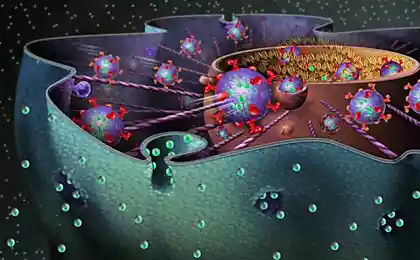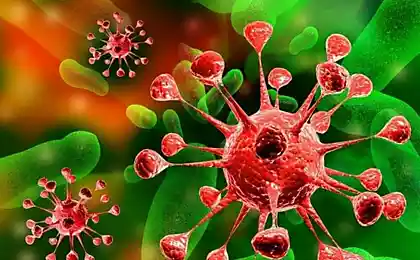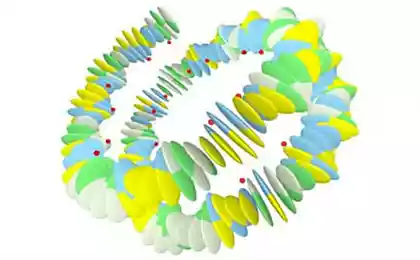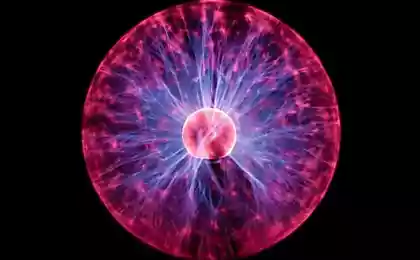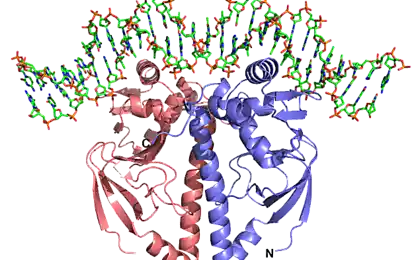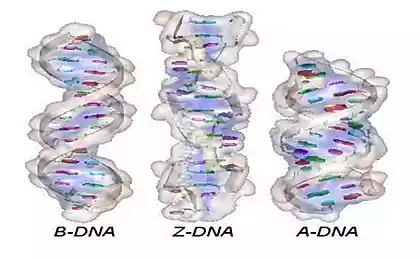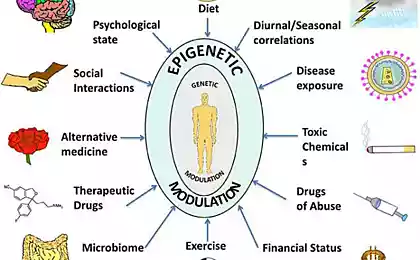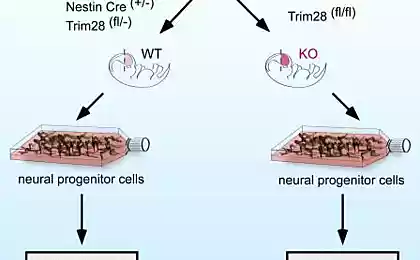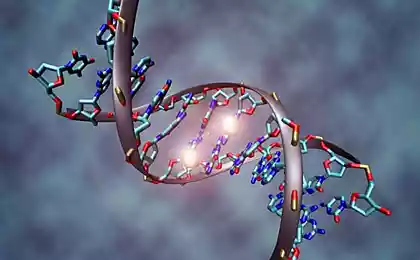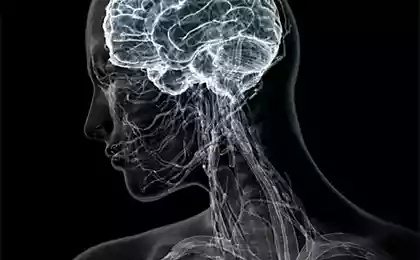805
Biologists have found in human DNA grade ancient retrovirus
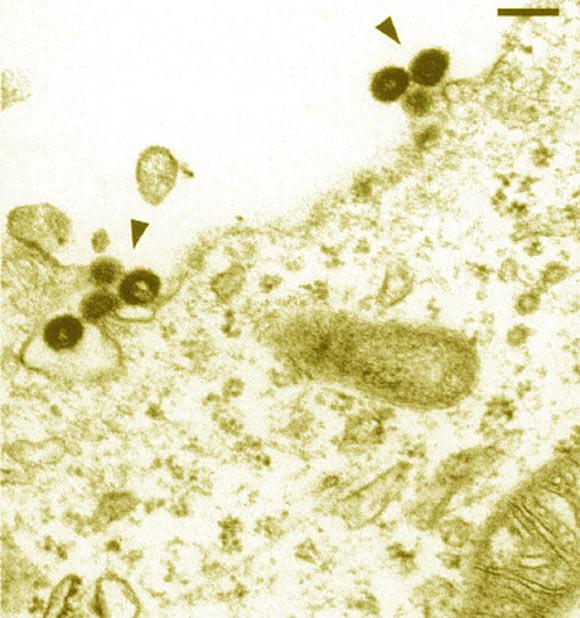
Genetics of Tufts University School of Medicine and the University of Michigan in the study of the genomes of 2500 people found the nineteen previously unnoticed fragments of DNA left in retroviruses people. A retrovirus found in 50 of the entire genomes studied. This is the second virus is found in the human genome, there are fully preserved.
Some viruses have the ability to penetrate into the human genome and to become his own genes. This primarily refers to the so-called retrovirus, so named because of their lifestyle. Initially, the genome of these viruses is RNA. However, once in the cell, the RNA virus on its copy DNA constructs. After this DNA copy of the viral genome is incorporated into the cells.
Embedded in the DNA copy of the viral genome called provirus human cells. Then provirus are synthesized viral RNAs, based on which the new virus particles are formed. So behave, for example, a well-known retrovirus called the human immunodeficiency virus (HIV) when it infects red blood cells.
Typically, this problem remains a problem of individual infected cells. Then the viruses and proviruses die together with the cells in which they have worked. But unfortunately this does not always happen. infected cells are extremely rare germ-line - in this case formed proviruses, but the organism survives and becomes embedded provirus inherited element of the human genome. It appears in the cell provirus, altering the genome is much stronger than is possible with a "normal" evolutionary variability.
During the sequencing of the human genome and other mammals, it turned out that in their composition contains a very large number of repetitive elements that resemble infectious viruses. Repeated elements, capable of encoding the protein 2-3 and surrounded on two sides still some special repeats - called long terminal repeats (LTR) - were related to the family, received the name of retrotransposons.
In humans, they represent quite a significant portion - about 8% of the genome. Such elements are often called endogenous retroviruses, unlike typical retroviruses is naturally occurring organisms (referred to as exogenous retroviruses).
Over millions of years of evolution is built into the genome of the virus have also undergone changes, and currently remain largely defective parts or very short fragments. The mutations that have accumulated during the evolution of endogenous retroviruses, do not allow them to form new infectious viral particles.
According to our estimates, these proviruses appeared in the human genome, from 10 to 50 mln. Years ago as a result of infection with the germ cells of our predecessors, and has since handed down, as well as all other elements of its own genome.
More surprising, that on the X chromosome, scientists found undamaged genome of the virus, they called Xq21. It is unclear whether he could play, but apparently, his presence may influence its medium.
"Found a virus looks like it is able to create a copy that will infect the body - and if this is true, it would be great! Then we could examine viral epidemic that developed many years ago - says the joy virologist John Coffin [John Coffin]. - The study provides important information needed for understanding the co-evolution of humans and retroviruses in relatively recent times. "
Source: geektimes.ru/post/273336/
New proofs of the existence of the ninth planet
10 phrases that are made of a notorious adult children

